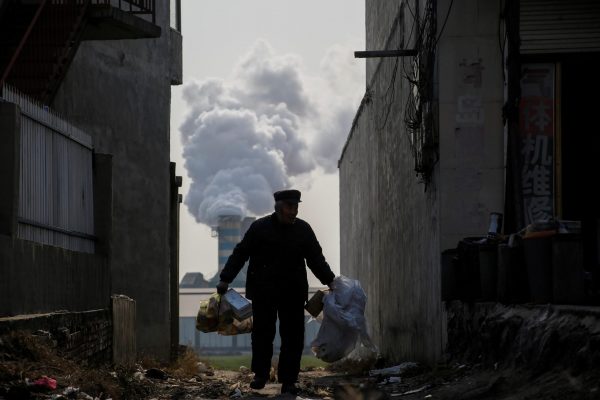It also encouraged local innovation in the provision of public goods. Local innovation and competition have been key factors in China’s success. But they have also produced many challenges for Chinese authorities — challenges that remain unresolved.
In 1979, following two decades of Chinese isolation from global trade and investment, China opened four special economic zones. The central government did not have the resources to finance capital and technology imports, so it encouraged local governments in these zones to attract foreign investment. Other cities quickly sought to join the experiment. By 1993, over 60 Chinese cities had opened up to foreign trade and investment.
This policy produced intense competition among local governments. Foreign investors were interested in entering the Chinese market and they had a large number of cities from which to choose. Investors were naturally attracted to cities that could streamline their local bureaucracy and centralise decision-making.
Cities such as Shenzhen, Dongguan, Foshan and Xiamen developed reputations for being hospitable to foreign investors and for having local officials who could help cut through bureaucratic problems. The autonomy given to local governments meant they could experiment with innovative approaches to the provision of public goods. The ones that worked were quickly scaled up, either by other locales copying the approach or by the success being codified in a national policy directive.
For example, the rapid urbanisation that accompanied China’s economic growth created issues for water supply and wastewater treatment. At the beginning of reform, 20 per cent of China’s population lived in urban areas. In 1990, only 50 per cent of this population was connected to the municipal water supply and only 15 per cent had wastewater removal and treatment. The fact that the urban population roughly doubled between 1990 and 2005 greatly increased the scale of this challenge.
Shanghai pioneered key reforms in water supply and sanitation services. It corporatised the department responsible for water and sanitation and set it on a self-sustaining financial course. In 1989, Shanghai introduced the first sewerage tariff in the country. It was controversial, since people were used to getting this service for free. But it was necessary. Shanghai’s initial success in cleaning up its rivers prompted other cities to move in the same direction. By 1999, Shanghai’s approach was adopted as national policy. Despite the surging urban population nationwide, the wastewater treatment rate climbed from 15 per cent in 1990 to 60 per cent in 2010.
But while decentralisation and local autonomy have been very effective in generating investment and growth, the system does have some downsides and presents challenges for the future.
China’s development has taken a heavy toll on the environment. If local officials are rewarded primarily for investment and growth during their typical five-year tenure, they are not going to sufficiently weight long term environmental considerations.
Domestic inequality also remains a concern. The hukou system puts labour at a disadvantage and locks the rural population out of better education and health services that are a foundation of human capital. There is ongoing discussion of reform of the hukou system, but local governments generally oppose this.
The negative effects of the hukou system are compounded by the lack of redistribution within China’s fiscal system. This means that the more prosperous, faster-growing locales have large amounts of fiscal revenue. Poor areas are left behind. From the point of view of growth, this is an efficient system in which the locales that can best use resources have the most resources. But from the point of view of equity, the system is a problem.
Another issue is that the current system skews incentives toward investment. China’s overall investment rate has risen throughout the reform period and reached nearly 50 per cent of gross domestic product in recent years. Yet will this investment bear fruit in the future? Long term growth, innovation and human capital accumulation are of central importance. But again, a local official trying to increase growth over a five-year period is not going to put much weight on factors that take too long to pay off.
The decentralised governance model in China favours results over rules. This approach creates a fertile environment for corruption. Corruption can deter investment and corrodes political order in states with a strong development objective. President Xi Jinping’s anti-corruption campaign has snared many ‘tigers and flies’ — that is, major and minor corrupt officials. But the only way to sustain reductions in corruption involves institutional change that provides more transparency and less discretion on the part of local officials.
How China will continue to develop and address these challenges remains to be seen.
David Dollar is a Senior Fellow in the John L. Thornton China Center at the Brookings Institution.
This article is abridged from David Dollar, ‘Decentralisation, local innovation and competition among cities’ in Ligang Song and Ross Garnaut (eds.), Forty Years of Chinese Reform, China Update, ANU Press, 2018.

